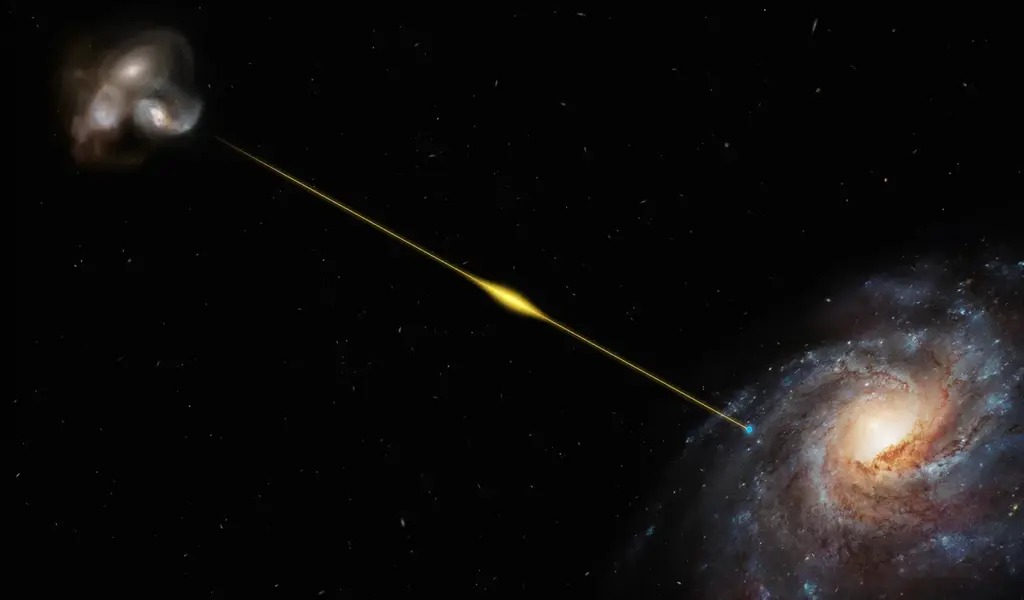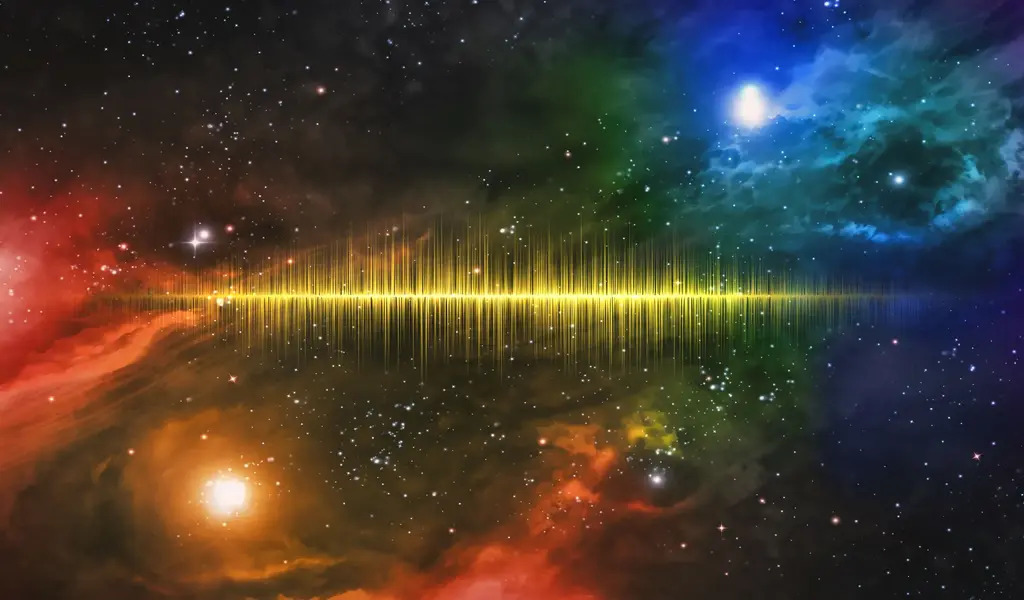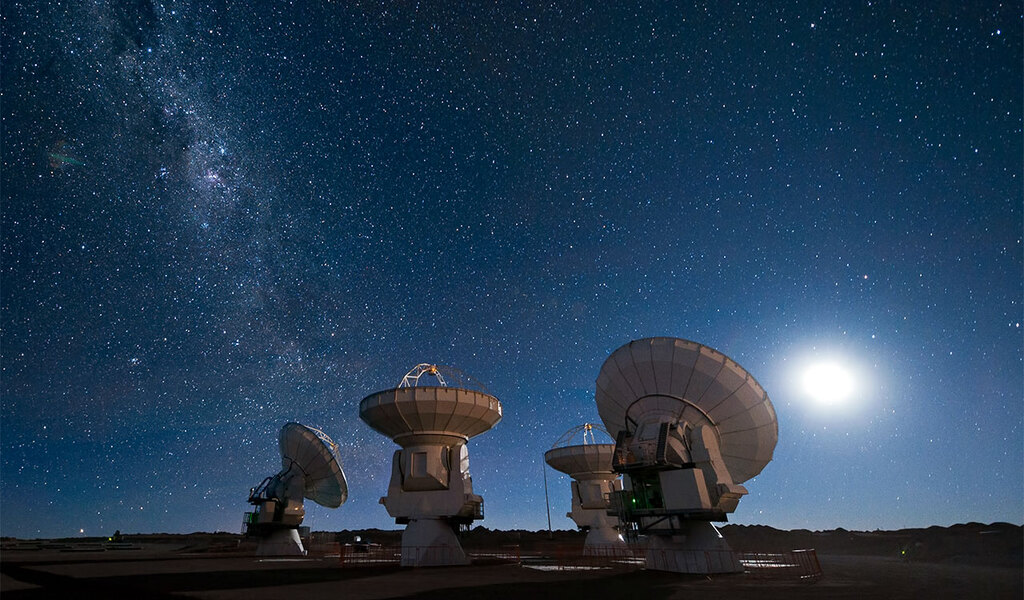News
Astronomers Detect Ultra-Energetic Fast Radio Burst From 8 Billion Years Ago

(CTN NEWS) – Astronomers have made a remarkable discovery, detecting a powerful and enigmatic radio wave burst known as a fast radio burst (FRB) that has traveled an astonishing 8 billion years to reach Earth.
This FRB is not only one of the most distant ever observed but also one of the most energetic.
Fast radio bursts, or FRBs, are intense bursts of radio waves that last just milliseconds, and their origins remain a mystery.
The first FRB was identified in 2007, and since then, scientists have detected hundreds of these rapid, celestial flashes emanating from distant corners of the cosmos.
The FRB in question, named FRB 20220610A, was an extremely brief event, lasting less than a millisecond.
However, during this minuscule fraction of time, it released the equivalent energy of our sun’s emissions over the course of 30 years.
This astonishing finding was reported in a study published in the journal Science.
The challenge with FRBs lies in their fleeting nature; they typically emit incredibly bright radio waves that endure for just milliseconds before vanishing, making them difficult to study.
The use of radio telescopes, including the ASKAP array of radio telescopes located on Wajarri Yamaji Country in Western Australia, has been instrumental in tracking these rapid cosmic phenomena.
Astronomers employed ASKAP to detect the FRB in June 2022 and pinpoint its source of origin, shedding light on this extraordinary event.
The use of ASKAP’s array of radio dishes enabled the research team to pinpoint the exact origin of the burst, as explained by study coauthor Dr. Stuart Ryder, an astronomer at Macquarie University in Australia.
He stated, “Using ASKAP’s array of (radio) dishes, we were able to determine precisely where the burst came from.”
To further investigate the source galaxy, they employed the European Southern Observatory’s Very Large Telescope in Chile.
The results revealed that the source galaxy is older and more distant than any other known FRB source, likely residing within a small group of merging galaxies.
This discovery aligns with existing theories that propose fast radio bursts may be linked to magnetars, highly energetic celestial objects resulting from stellar explosions.
Scientists believe that FRBs may offer a unique method for “weighing” the universe by measuring the unaccounted-for matter between galaxies.
Study coauthor Ryan Shannon, a professor at Swinburne University of Technology in Australia, explained, “If we count up the amount of normal matter in the Universe — the atoms that we are all made of — we find that more than half of what should be there today is missing.”
This missing matter is thought to exist in the space between galaxies, but it may be so hot and diffuse that conventional observation techniques cannot detect it.
Currently, the methods used to estimate the mass of the universe do not produce consistent results, suggesting that a significant portion of the universe’s matter is unaccounted for.
As Shannon points out, fast radio bursts have the unique ability to sense ionized material, even in extremely empty regions of space, providing insights into the matter distributed between galaxies.
This capability could prove essential in solving the mystery of the universe’s missing mass.
Australian astronomer Jean-Pierre Macquart’s work in 2020 highlighted the potential of using fast radio bursts (FRBs) to detect missing matter in the universe, establishing what is now known as the Macquart relation.
This relationship indicates that the farther away an FRB is, the more diffuse gas it reveals between galaxies.
The recent study confirms that the Macquart relation holds true for FRBs extending beyond half of the known universe.
To date, almost 50 FRBs have been traced back to their sources, with approximately half of them identified using ASKAP.
While the exact cause of these powerful bursts of energy remains unknown, the study underscores that FRBs are relatively common events in the cosmos.
They have the potential to help detect matter between galaxies and enhance our understanding of the universe’s structure.
Future radio telescopes currently under construction in South Africa and Australia are expected to facilitate the detection of thousands more FRBs at greater distances.
This expanded dataset could allow for a comprehensive mapping of the universe’s structure and offer insights into fundamental cosmological questions.
In the words of astronomer Ryan Shannon, “The fact that FRBs are so common is also amazing“.
It shows how promising the field can be, because you’re not just going to do this for 30 bursts, you can do this for 30,000 bursts, make a new map of the structure of the universe, and use it to answer big questions about cosmology.”
MORE RELATED NEWS:
Where Is Al-Ahli Arab Hospital In Gaza, The Site Of The Recent Attack Amidst The Israel Conflict?
Terror Strikes Sweden: Shocking Truth Behind Recent Attacks And Freedom Of Speech Debate
China’s Belt And Road Initiative (BRI) Adapts Towards Smaller And Greener Projects































